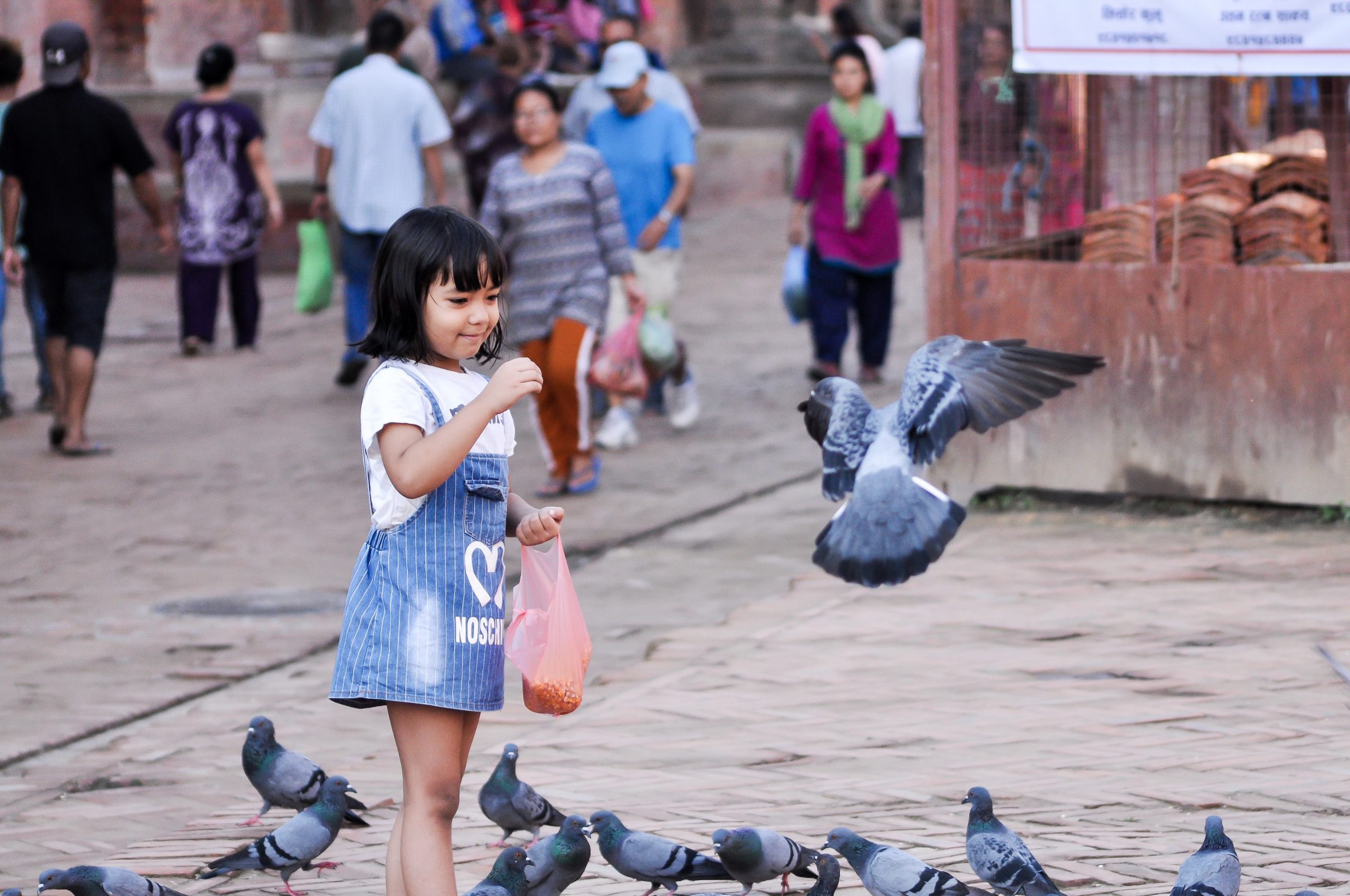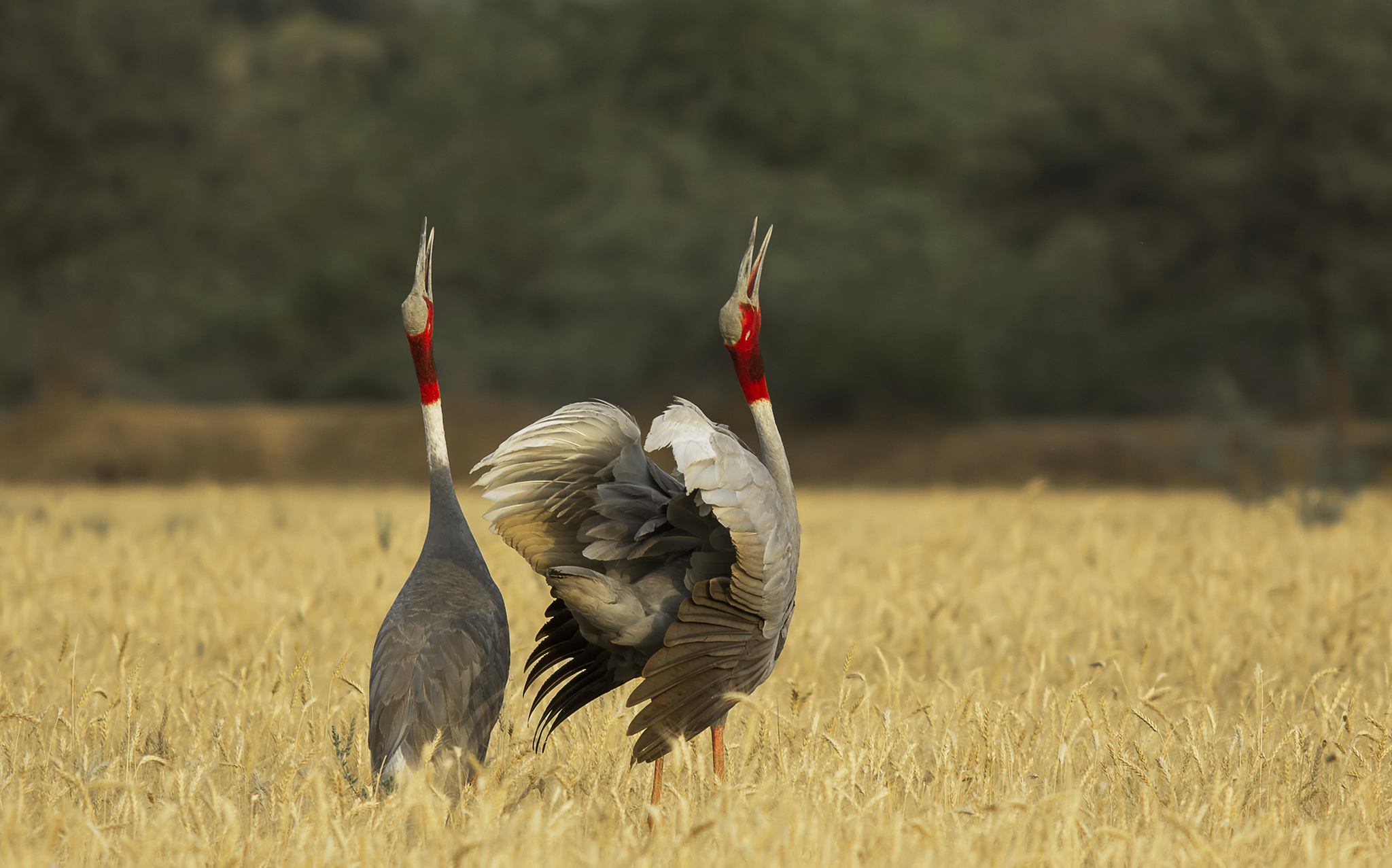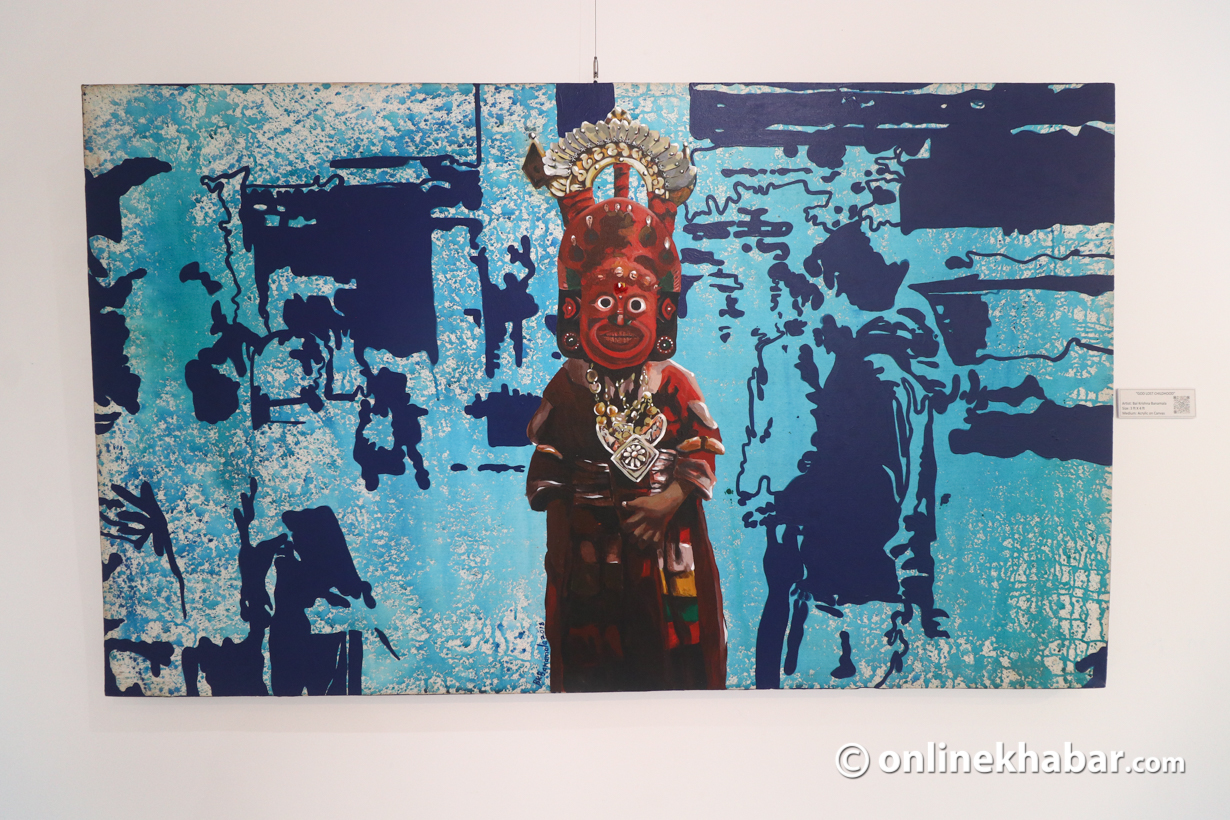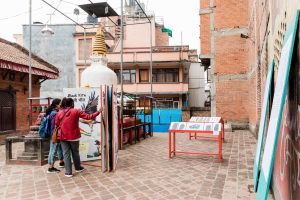Chirping swallows gliding in the overcast skies of the Kathmandu valley a few days ago came as a pleasant surprise after experiencing the monotony of gloomy winter days. The smog this winter was also unprecedented. The sight of the birds signalled a welcome change in the season.
The swallows also brought the memory of childhood days flooding back when we used to watch them glide in the skies. I particularly remember a ground-floor shop of an old house by the side of Hanumanthan near the Bagmati bridge at Kupandol, Lalitpur. Swallows had built a mud nest at the low wooden ceiling of the shop and the parent swallows alternately brought food for their chicks. What was surprising was the kindness and tolerance shown by the sahujee (shopkeeper) towards the birds. He seemed to be used to share the room with the birds. The swallows also appeared to be quite oblivious of the sahujee and the customers frequenting his shop.
Times and attitudes change
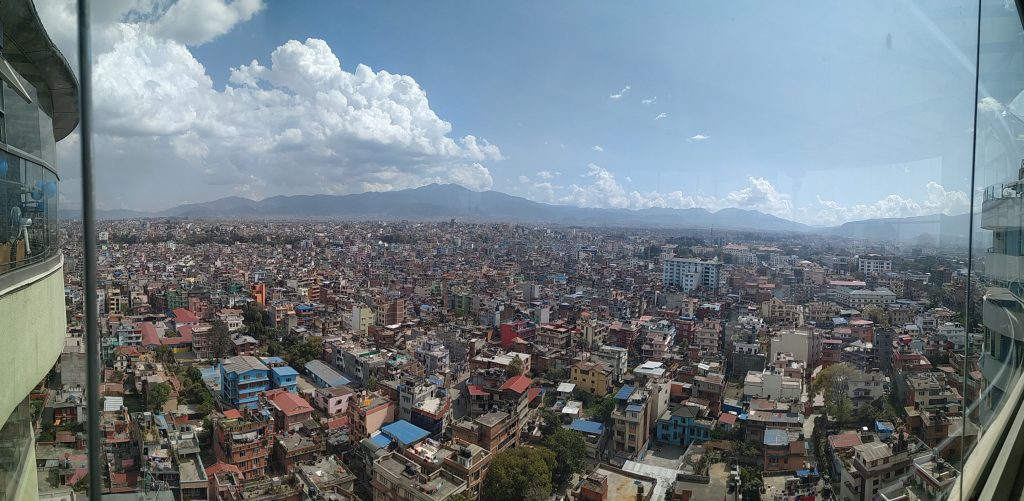
Much water has flowed under the Bagmati bridge since then. Wooden-framed, tile-roofed old buildings of yesteryears have been replaced by concrete buildings. I think modern buildings are not bird-friendly in the sense old buildings were, especially for birds like house sparrows and pigeons. These birds have been living in and around habitations since time immemorial.
With modernity, however, our attitude and sensitivity towards these birds also seemed to have changed. I do not know how many of us see these birds. I also wonder how many urban kids (who are so well versed in matters relating to virtual reality) can identify the birds found around us. Our priorities have changed with the change in our way of life and we hardly have time to spare a thought for these smaller beings.
Not an ornithologist
I am not an ornithologist and only have a layman’s interest in birds. Nepal is well known for the wide range of bird species found here. Experts say various species of birds are found in different geographical parts of the country because of altitudinal variance in a very short distance (form south to north). And, since that I have little or no knowledge of the rare and endangered birds found in the country, I am only concerned here with the common species found in our immediate surroundings.
Bird sighting then and now
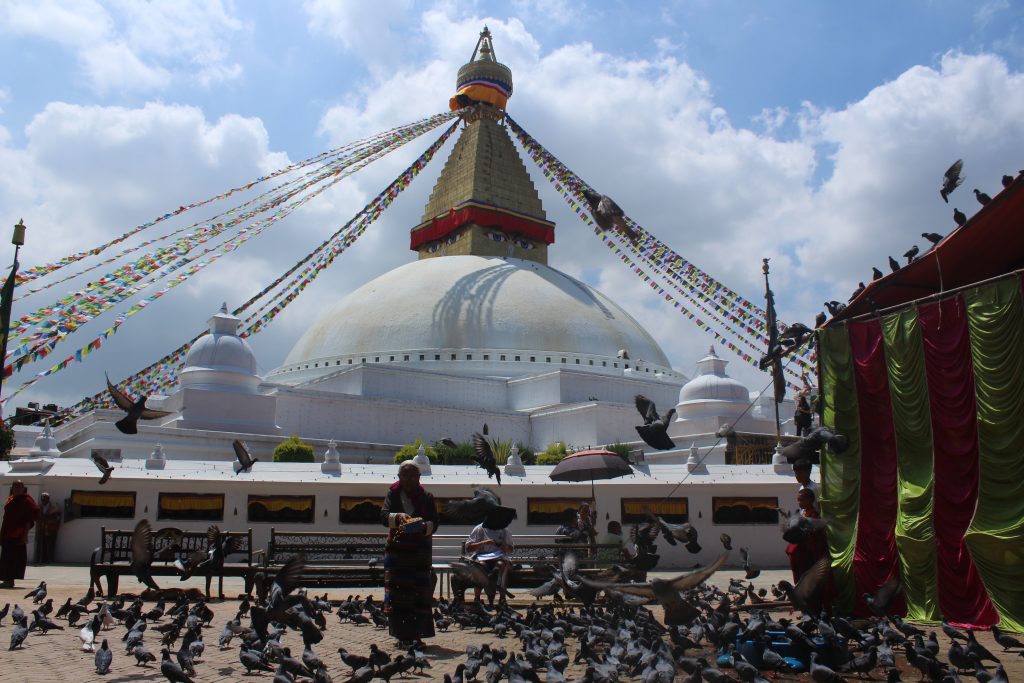
While cursorily watching birds from the balcony of our house, I suddenly realised some of the bird species we used to see around us in the past are not there anymore. Major parts of the Kathmandu valley have already been transformed into a concrete jungle. I am sure the outskirts of the valley still support birds such as sarang or dangrey (myna), jurelee (bulbul), dhobinee (magpie), phisto (warbler) and dhukkur (dove) as most of these birds feed only on insects. Crammed concrete structures with hardly any space for trees and greenery in most parts of the capital city can hardly be expected to support these birds. Only on rare occasions, we get to see and listen to a dhobinee or jurelee call in the cityscape. Amid all sorts of sound pollution of the metropolis, the sighting of a calling or singing bird is really enjoyable. However, I am still unsure whether the disappearance of these birds is due to habitat loss or they are sighted only seasonally.
A bird perched on a metal-pipe or any other concrete structures seems lost and forlorn in the grey surroundings. It reminds me of Shelley’s famous line: “Our sweetest songs are those that tell of saddest thought.”
While taking a trip down memory lane, I also remember sighting wintering birds in some of the ponds of the capital city during their stopover. I have no idea about the present status of both the ponds and the birds, especially in the context of the rapid urbanisation of the valley. They have rebuilt Ranipokhari, but I do not know what fate awaits Kamalpokhari.
Major rivers no longer habitable

Most of the birds once seen on the banks of major rivers of the capital city such as Bagmati and Bishnumati have disappeared with the gradual pollution of the waters and infrastructure development along their banks. It was not unusual in those days to find kingfishers perched on the branches of trees along the banks of these rivers. It is uninhabitable now.
Nepal is not only well known for the wildlife found here but also its migratory visitors. Ornithologists from around the world come here to watch wintering birds in places like the Koshi Tappu and other bodies of water. A big city like Kathmandu is not a place for bird watching, but I was accidentally drawn to the said birds.
Despite the gradual disappearance of some of these birds, we still see pigeons, crows, and house sparrow in our localities–birds nobody would even bother to throw a cursory glance at. What interested me in these birds was their adaptation to the urban setting.

Human-like traits
When I started watching these birds, I not only noticed their ability to cope with the change but also saw a certain behavioural pattern in them which could be likened to human traits.
We feed these birds on the flat roof of our house. It is but natural for the neighbouring birds to associate us with food and be there at the feeding time. We usually keep our third-floor east-facing kitchen door open. Whenever some persistent pigeons see us in the kitchen, they simply linger on for more food. I noticed both food competition and tolerance in these birds– with some occasional aggressive behaviours.
Once I was sitting on the veranda of my friend’s house and admiring the smart way with which he had used the small piece of land by planting trees. Then, a phisto appeared on a tree and started singing. I wondered how a small bird like that could produce such a sonorous sound and sing so beautifully. Suddenly, out of nowhere, there came a group of noisy sparrows, chirping loudly all at once– as if an urgent meeting was called and all board members started talking at the same time–about the intrusion of an outsider.
And, there is this round-shaped sparrow that chirps and makes itself visible by flying to and fro when we are a little late in feeding them, or when it wants food in between the feeding time. This sparrow seems to be the representative of other sparrows of his group.
While some of these birds are bold and daring, most of them are shy and distrusting –and maintain distance while feeding. This shows they also have individual differences in them.
Persistent pays
In comparison to other birds, I found crows very clever and well adapted to their surroundings. We feed them small pieces of kneaded flour, but they are always ready to try most of what we eat and give them. The two or three crows that frequent our place perch on the railing of the kitchen balcony look inside and caw–for food. I was amazed to find the crows checking and tasting the food before eating it. It was also astounding to see the crow holding the morsel of food in its beak and looking at us and not flying right away–as if pausing to say thank you.
Of the three said crows, one is bold and very demanding and even takes food from hands. Whenever it wants food, it just shows up at the balcony railing and caws rapidly (as if it is in a great hurry) until we give it something to eat. Rather than listening to its continuous cawing, we oblige.
It is good to see the adaption of these birds to the urban environment. And, I think I have also learned a few things from watching them.



